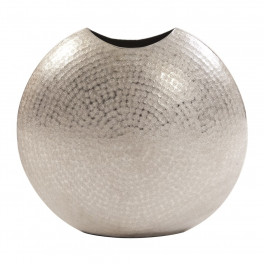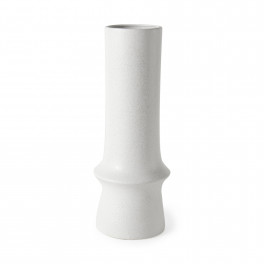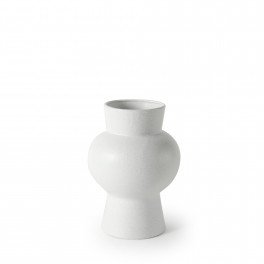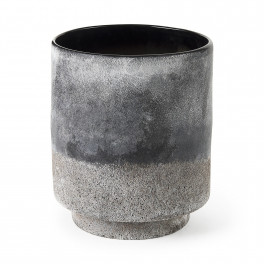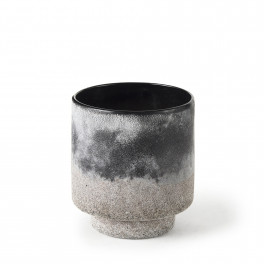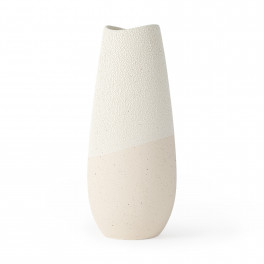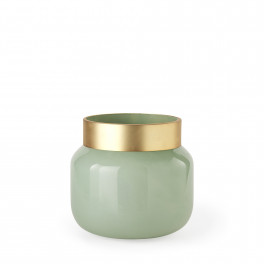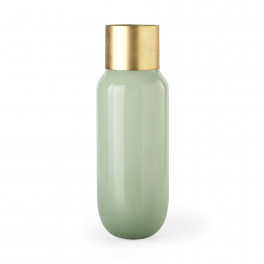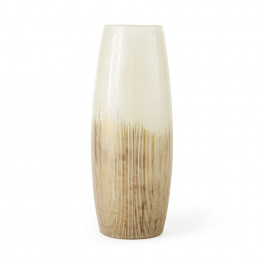There’s something about early spring that has me jonesing to cover my hands in dark, prepared garden soiland get to work. Here in the southeastern United States, the daffodils, tulips, and crocuses have already emerged, and a plush layer of green Kentucky bluegrass has cropped up. It’s beginning to look a lot like springtime!
Beautiful scenery aside, all this early growth means that it’s time to start prepping the outdoor garden. Before you know it, the last frost will be long gone, and it’ll be time to plant all your seed starts. So, whatever you do, don’t delay and start your sprouts within the next few weeks.
As you gear up to start all that preliminary planting, consider how you’ll start all those precious seeds. If you plan on purchasing peat pots or plastic containers, think about the upfront cost of this undertaking. In my experience, I’ve found that it’s more affordable (and fun) to create homemade seed starter pots myself.
How do I make peat moss pots and newspaper seedling pots? It’s easy to make biodegradable seed starter vessels without making a single purchase from the store. Here’s how you can do it yourself.
DIY Seedling Pots
Instead of mixing peat moss and perlite and creating a mess in the process, my “peat moss pots” take one of two forms: newspaper or cardboard. Yep, you read that right. There isn’t actually any peat moss in either of these pots.
Both of these seedling pots are made from materials you’ll find in any household, meaning they’re both cost-effective and quite effortless.
Newspaper Seedling Pots
1. To make newspaper seed starter pots, start by gathering your materials. To make this variation of a DIY peat pot, you’ll need:
- Newspaper (not the glossy section). For reference, you need one entire sheet of newspaper for each pot.
- A glass, jar, or can to act as your pot mold
- A cardboard box or plastic tray to hold these DIY seedling pots
- High-quality potting soil
- Seeds
- Scissors
2. Separate each sheet of newspaper and place them in a pile. If you want shorter pots, cut the newspaper accordingly. Since I’m starting a variety of seeds, I decided to create multiple tall and short pots.
3. Using one sheet of newspaper, create a crease by folding about 1 inch or so of the newspaper up. Press down hard and then release the paper.
4. Grab your jar/glass mold and tightly roll the newspaper around it, on the side opposite of the 1-inch crease, leaving an overhang of 2-3 inches.
5. With a tight grip on the jar, fold the overhanging newspaper into the opening of the jar.
6. Using force, pull the newspaper apart from the jar and place the “almost pot” on a flat surface.
7. Fold down the newspaper. Then, invert the jar and place it firmly into the pot. This effectively presses all that newspaper so it’s flat. You now have a pot WITH a bottom. Hurray!
8. Fill the pot with high-quality potting soil and then plant your seeds.
9. Store these newspaper seed starting pots close together on a tray so they remain upright.
10. Once you’re ready to plant your seed starts, simply dig a hole and put the entire pot into the ground — newspaper and all!
Recycled Toilet Paper Tube Seedling Pots
1. To make recycled toilet paper tube seedling pots, collect the following:
- An assortment of toilet paper and paper towel tubes.
- A tray to hold the seedling pots
- High-quality potting soil
- Seeds
- Scissors
2. Creating these seedling pots is a piece of cake. Simply take a tube and cut it to the desired length. One half of a paper towel tube is about the equivalent depth of a large peat pot, which is perfect for pea and other beans.
3. Stack each pot closely together (so they can’t move) on a tray.
4. Fill each tube with potting soil and seeds.
5. Similar to the newspaper seedling pots, just plant the entire “pot” into the ground when the time comes.
Seedling Pot Tips & Tricks
- Always refer to the seed packet instructions before planting. There, you’ll find specific information including timing guidelines and planting depth.
- Keep your seeds in a location where they’ll receive 10-12 hours of consistent sunlight.
- To assist the seeds in sprouting, consider covering the entire tray of pots with a thin sheet * of plastic wrap. To ensure proper ventilation, poke a few holes throughout the plastic.
Water the soil as needed, but don’t drown your plants. The plastic wrap mentioned above will help retain the proper humidity level for your seedling.
Before you know it, the day will become even longer, the sun will be a bit brighter, and your garden will be prime for your perfect array of homegrown seed starts. Get off on the right foot now to ensure a bountiful harvest come summer!





